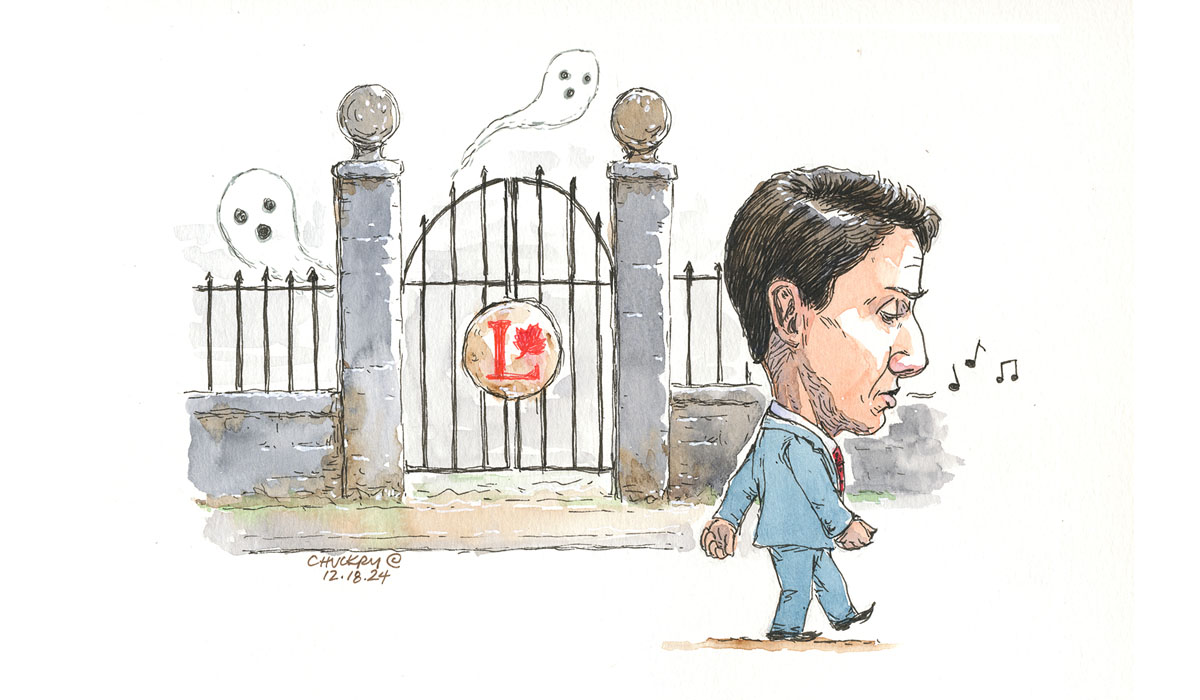The United States debt ceiling is a statutory limit set by Congress on the amount of debt that the government can incur. As of 2021, the debt ceiling is set at $31.4 trillion. This limit is put in place to ensure that the government does not accumulate too much debt, which could lead to financial instability and inflation.
The debt ceiling is not a new concept; it has been in place since 1917, and Congress has raised it multiple times in the past. However, in recent years, the debt ceiling has become a contentious issue, with some politicians arguing that it should not be raised, even if it means that the government will default on its debt.
One of the main reasons for this is that some Republicans and politicians like Kevin McCarthy, argue that the government needs to be more fiscally responsible and that the debt ceiling should be used as a tool to force the government to reduce spending. They argue that the government has been spending too much money, and that the debt ceiling should be used as a way to force the government to make difficult choices about where to cut spending.
Under the Trump administration, the U.S added almost $7.8 trillion to the national debt. To put that into perspective, that is almost two times the amount of all the consumer debt in the country excluding mortgages.
Defaulting on the debt would have severe consequences for the United States and the global economy. A default would mean that the government would be unable to pay its bills, including interest on its debt. This would lead to a sharp increase in interest rates, making it more expensive for the government and private citizens to borrow money. It would also damage the country’s credit rating and could lead to a financial crisis.
To prevent a default, Treasury Secretary Janet Yellen has a few options at her disposal. One is to use the Treasury’s cash balance to pay bills temporarily. Another option is to use so-called “extraordinary measures,” such as suspending investments in certain government accounts, to free up cash.
Another option is for Congress to raise the debt ceiling. This would allow the government to borrow more money and avoid defaulting on its debt. However, raising the debt ceiling is a controversial move, and it is unclear whether Congress will be willing to do so.
While some politicians argue that the debt ceiling should be used as a tool to force the government to reduce spending, defaulting on the debt would have severe consequences for the United States and the global economy. Cutting services to social security and other programs while simultaneously raising the debt ceiling proposed by the Republican controlled House, is not only fiscally irresponsible, but it also jeopardizes the health and well-being of all Americans.
Social security is a vital safety net for many Americans, particularly the elderly and disabled, and cutting these services can have a devastating impact on their lives. Additionally, raising the debt ceiling without addressing the underlying issues of government spending and revenue only perpetuates the cycle of debt and can have long-term negative effects on the economy. Overall, this approach is short-sighted and fails to address the real issues facing our country.









